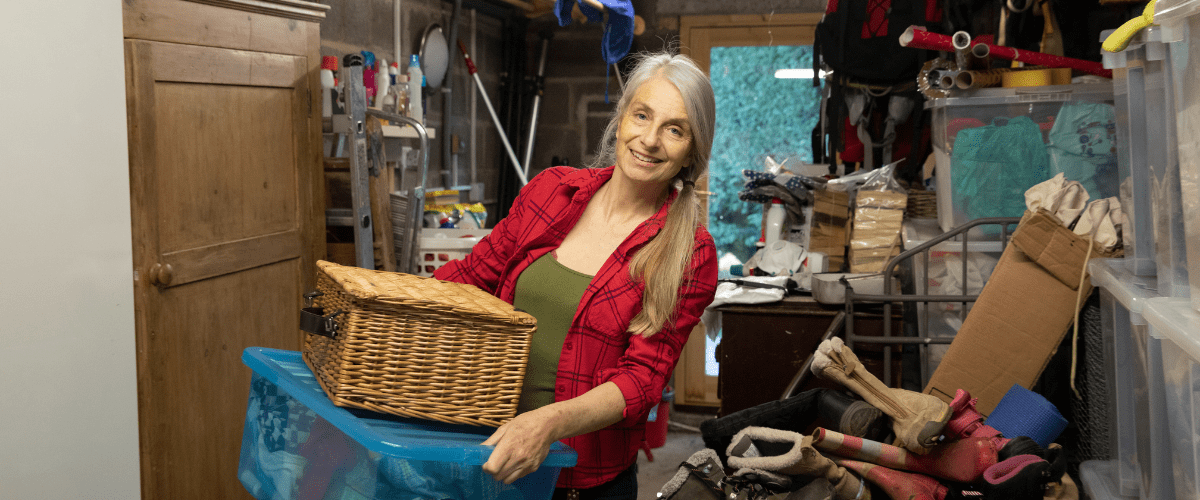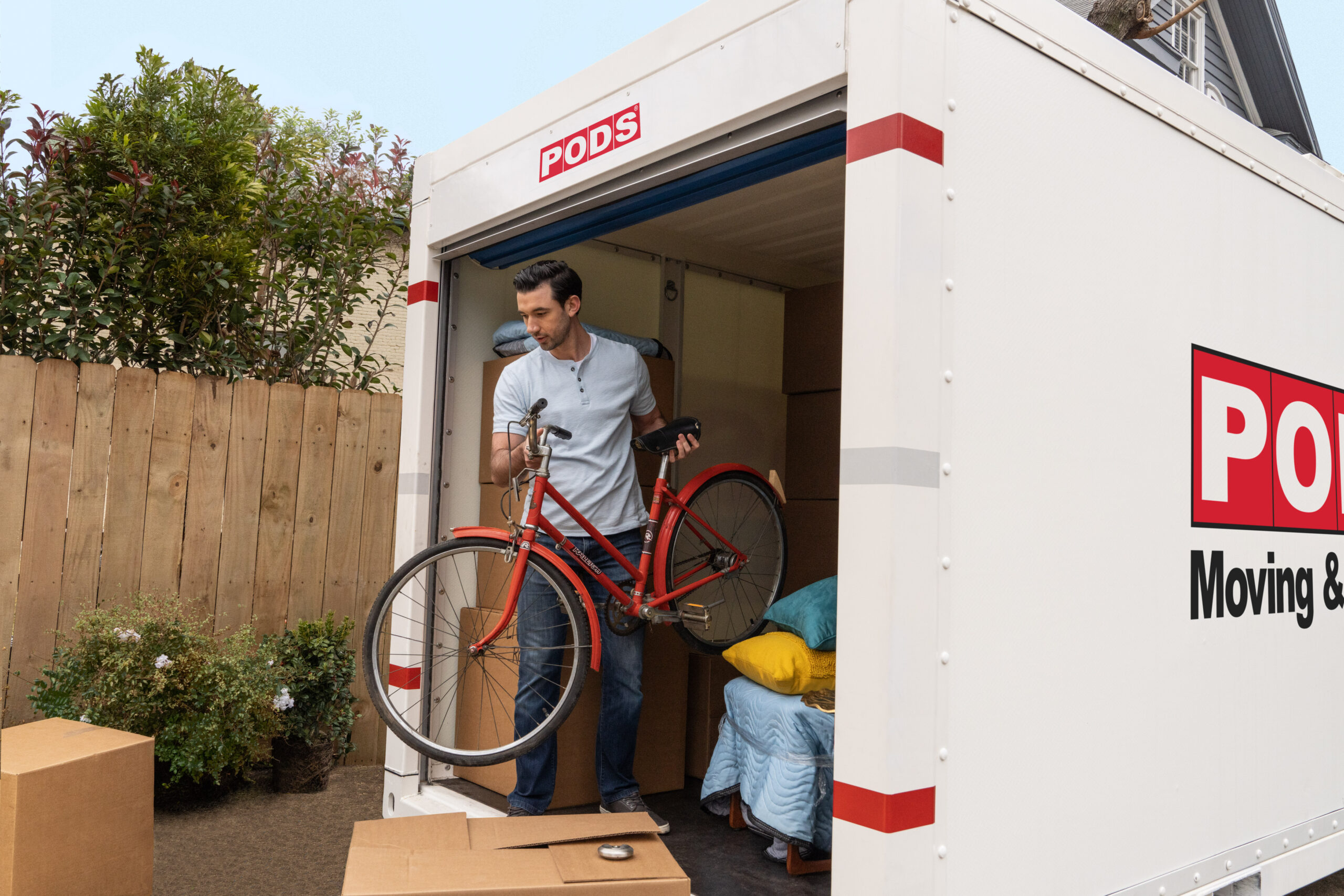Downsizing your property can be an appealing proposition if you’re keen to release equity in your home, or move to a smaller place once your children have grown up. Empty nesters often question the point of paying for and maintaining a large property if they find themselves rattling around in family homes once their children have moved out for work, relationships and university.
Whatever your reasons for moving to a smaller home or investing in a different type of property, there is a degree of excitement about choosing somewhere new to live, researching an unfamiliar location and decluttering your current property ahead of a move. This guide aims to help you make the reality and practical side of property downsizing go as smoothly as possible.
Deciding To Downsize: The Reasons
The motivation behind downsizing varies greatly from person to person. For some, it’s a financial decision—reducing mortgage payments, lowering utility bills, and decreasing property taxes.
With property prices, the continuing concern of fluctuating mortgage rates, and the cost of maintenance at the forefront of many people’s minds, downsizing has become not just a lifestyle choice but a practical necessity. Even for homeowners who are fortunate enough to have paid off their mortgage, the rising cost-of-living is another reason why property downsizing remains a popular option for households.
Having said that, there are others who want to simplify life with a change of scenery, choosing to rent or switch to a modern apartment in London and similar cities or bigger towns, to focus on their career or live nearer loved ones. If you’ve spent a lifetime in a rural village, the draw of moving to a bustling city to be closer to work, shops and leisure clubs might seem perfect.
Reaping The Benefits
While the monetary benefits to your wallet and pension plans can’t be overstated, everyone would agree that having reduced mortgage payments, lower utility bills, and decreased maintenance costs can significantly improve your financial situation. In fact, one report found that one of the biggest financial gains from downsizing, based on property values, could be achieved by going from a four-bedroom to a three-bedroom property. This gave an average price difference of £110,000 allowing for more discretionary spending or savings.
In addition, downsizing from a large property to a flat or smaller home frees up time, cash and the hassle/expense of ongoing home-improvement projects to interiors and gardens. More people are now working from home and looking to achieve a healthier work/life balance, instead of having all their cash and future bills tied up in a property. This can naturally lead to them questioning the necessity of maintaining a larger property. Undoubtedly, a property with less space offers fewer rooms to clean and less outdoor zones to maintain.
Typically, older people are more likely to downsize their property to fulfill their retirement plans and boost their pension pot, while being equally happy to swap sprawling homes with demanding gardens for more manageable living arrangements. In turn, younger couples, wealthy professionals and growing families might be happy to adapt to smaller homes, preferring to downsize with less stress and more disposable income to enjoy hobbies, interests and travel.
Likewise, those who do decide to downsize might also find themselves in communities with shared facilities, such as swimming pools, communal gardens and exercise areas that can create fantastic opportunities to make friends and meet people, if you have moved into a new area.
Overcoming Any Challenges
Selling and buying property can be a worrying time without the stress of packing up all your worldly possessions. According to a recent survey, 57% of people in the UK would agree that moving home is one of the most stressful decisions they can make. The emotional wrench of selling or leaving a much-loved home can be profound. You may have lived there for years, watched your children grow into adults, looked after grandchildren and shared precious moments there as a couple with friends.
If you’re downsizing, managing the stress of moving house is important and there’s a lot to organise. Your home might be on the market for a while or the chain could collapse without warning. When a sale is secured there is then the logistics of moving day, navigating solicitors and the costs incurred from stamp duty.
The process of parting with possessions can also trigger unexpected emotions. Items accumulated over decades often carry memories and represent chapters of our lives. It’s entirely natural to feel a sense of loss during this process. It’s normal to think of a home as a part of your identity and changing properties can spark more unusual responses.
Decluttering And Planning Your Move
Begin the decluttering process at least three months before your planned move. Start with rarely-used spaces like lofts, garages, and spare bedrooms. Work through each room methodically using the “four-box method”:
- Keep: Items you use regularly or that have significant meaning
- Donate/Sell: Items in good condition that others could use
- Recycle/Dispose: Items that cannot be reused
- Decide Later: For items you’re uncertain about (but limit this box)
Many downsizers report feeling an unexpected sense of liberation after completing this process and can make some additional cash on the side selling items on online marketplaces, at spring and summer car boot sales, or in a garage sale.
Arguably, one of the most worthwhile ways to declutter and let go of unwanted items you can’t take to a new home is by finding them a good home. You might want to pass down valuable family jewellery or furniture to younger family members to maintain their place in family history while freeing up your space, or donate second-hand goods, gadgets, furniture and clothes to charities who usually collect items for free.
Embracing Smart Space And Storage Solutions
One key hurdle that you will want to think about is determining how to fit all the possessions and furniture, accumulated over decades, into a likely smaller living area. Limited storage space means rethinking how and what you store but you can start by looking for furniture with built-in storage functions—ottomans with storage compartments, beds with drawers underneath, and wall-mounted solutions that use vertical space.
Measuring and planning your space is key when moving from a large to a smaller property. This will determine what you can comfortably fit in your new rooms and prevent spaces feeling smaller than they actually are.
Property downsizing represents more than a change in space—it’s an opportunity to realign your living situation with your current values and lifestyle. Whether you’re moving to be closer to grandchildren, to reduce financial pressure, or simply to embrace a simpler lifestyle, your property downsizing journey can ultimately be a positive experience. If you do need advice with moving or storage solutions, contact PODS today.







